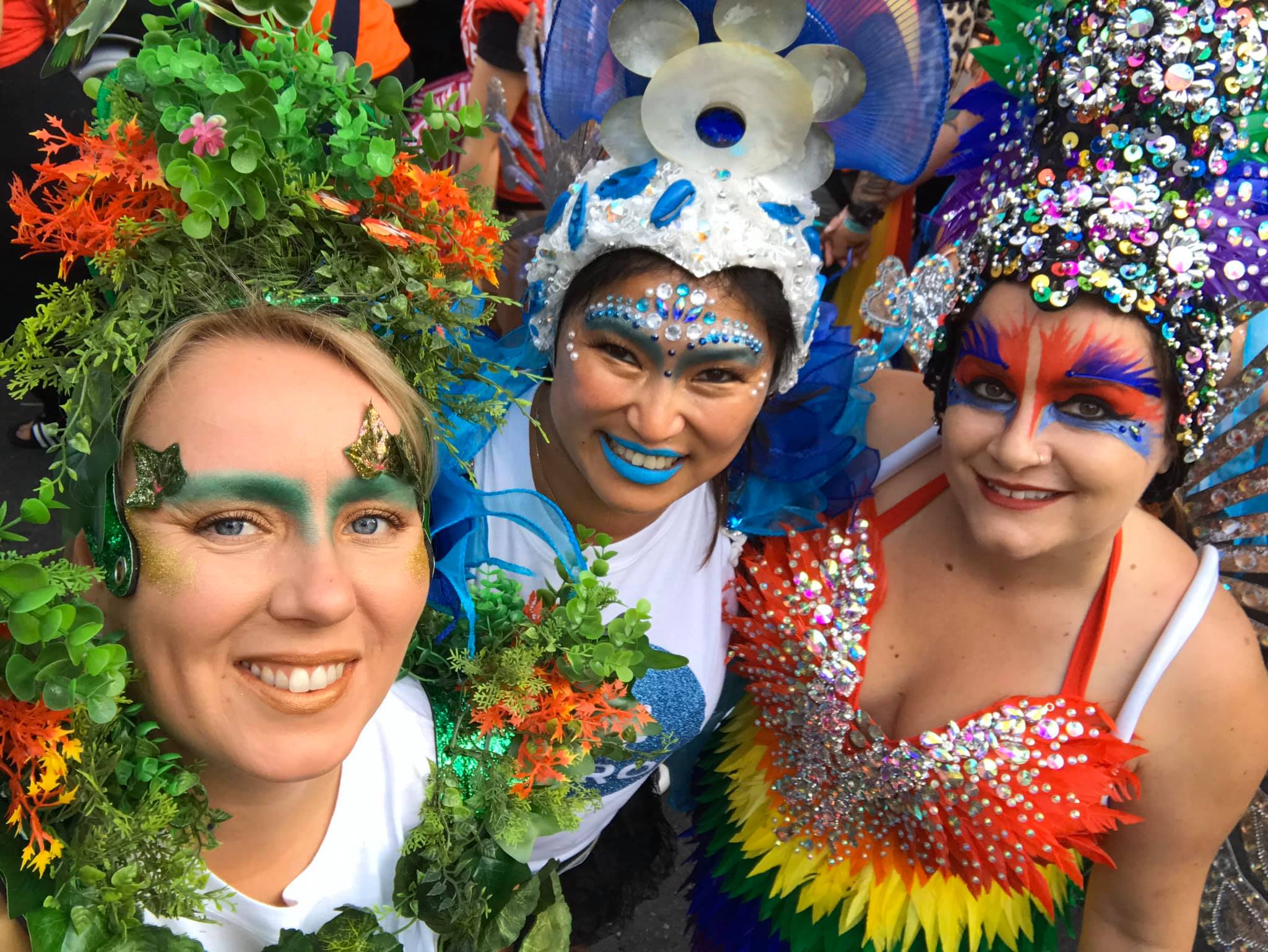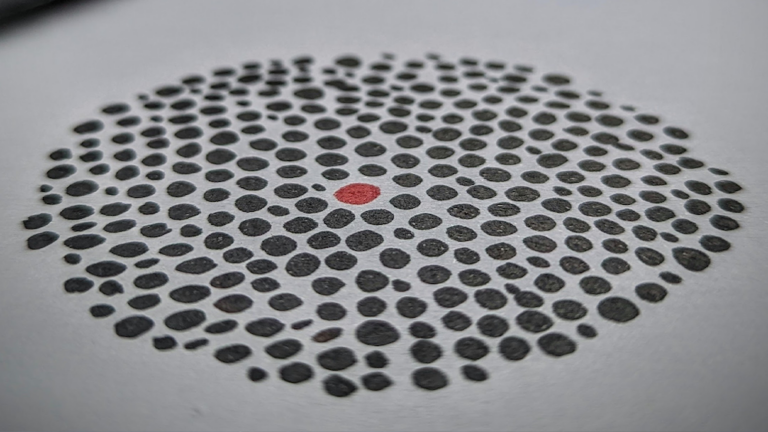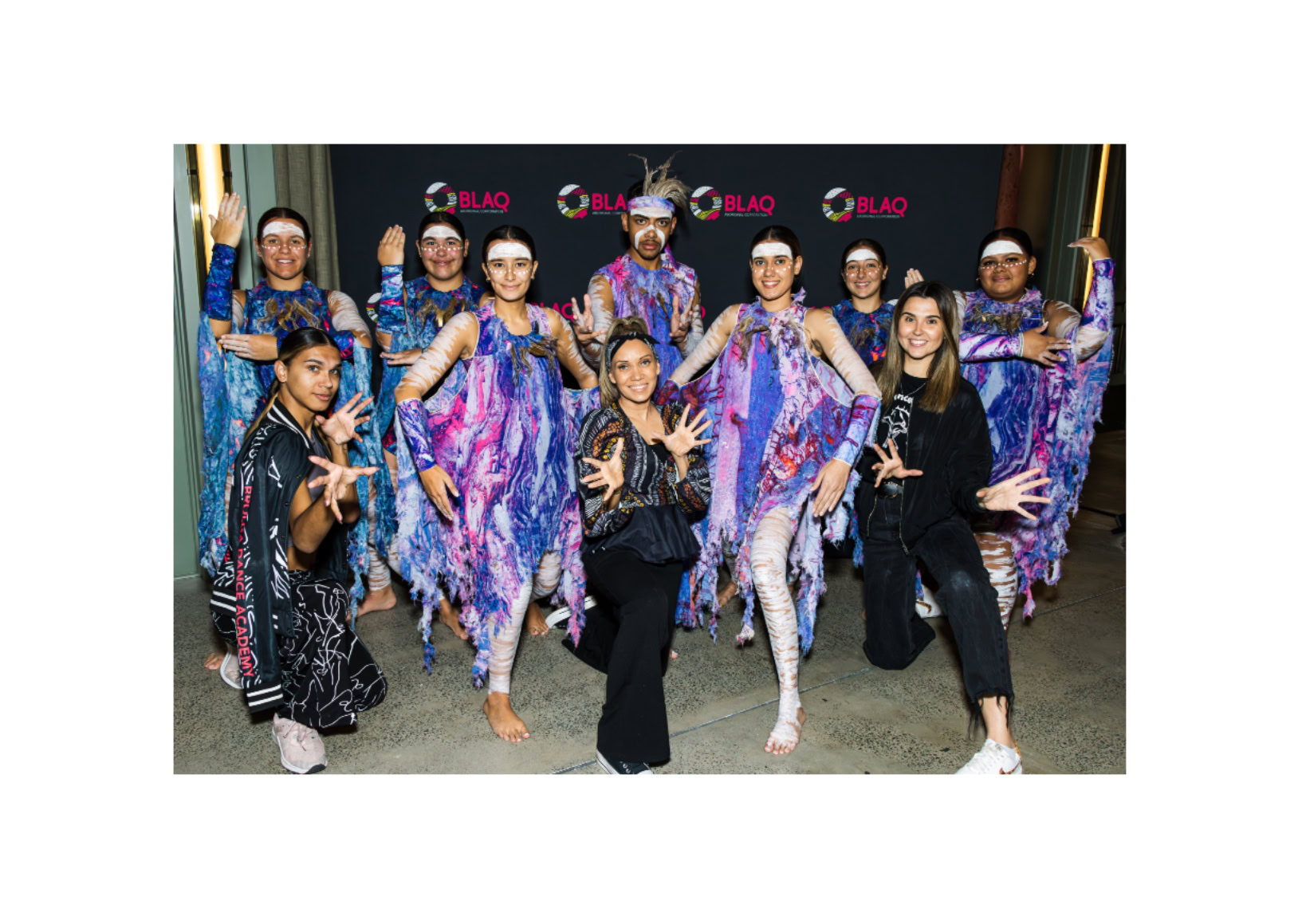
Queering Science

CSIRO has been Australia’s national science agency for more than 100 years. It’s an institution that is associated with research and innovation in all areas of industry – from agriculture, the environment, and health to minerals and space exploration. CSIRO has long been recognised as a pioneer in the sphere of science, and now it is proving itself to be at the forefront of diversity and inclusion.
Dr Jessica Stromberg and Renee Birchall can attest to that. The two are senior scientists, Team Leaders in CSIRO Mineral Resources (CMR) Discovery Program, and in a relationship.
They met in a CSIRO kitchen in Perth. Jess had only recently moved to Australia from Canada to take up a post-doc role. It was a three-year contract; that was four and a half years ago.
Renee has been with CSIRO for seven years.
When Renee reflects on her earlier, pre- CSIRO days in the minerals industry, she recalls a less comfortable work environment.

“The industry back then was quite a different place to what it is now…the misogyny was real,” she says. “It’s improved a lot since then but still has a long way to go.” Renee felt comfortable enough to come out at work at CSIRO, and in the time she’s been with them she’s continued to see improvement.
“I think they’ve always been positive… everyone and the organisation accepted LGBTQI+ people, but there wasn’t a lot of active allyship and active inclusion, and I think over the time that I’ve been with CSIRO things have really transformed,” she explains. “From little visibility signs, inclusion signs like our gay pins and ally stickers and little things like that. Then, over time, we’ve moved into adding pronouns into emails, we have gender neutral bathrooms, we’ve got gender neutral titles, policy changes, training for allies, and also the participation in Mardi Gras – that was a really huge step and a pivotal moment in my experience.”
Jess did not experience the same degree of hostility because of the area of work she was in.
“Because most of my experience is in academia, it wasn’t quite as bad as the minerals industry at that time, and when I did work in the minerals industry I was working for a very large company, I was with a multi- national company who have some policies in place and managers and leaders who were informed.” She was out to some of her technical colleagues but not everyone in the mining area.

Though she found academia a relatively safe place, Jess didn’t think there was much queer visibility, especially at more senior levels.
“Coming to CSIRO, it was the first place I had managers or senior people that were out and visible.”
Renee and Jess know that CSIRO’s attitude to diversity and inclusion is genuine, not just performative.
The organisation has also introduced gender affirmation leave into policy.
“Being part of the change and seeing the sheer volume of people involved in change makes it real, not just a box-ticking exercise,” explains Renee.
“There are many, many people turning up to our Pride Network meeting…It certainly makes me feel like I can just be me without any fear of judgement. And just feeling safe at work, that’s a huge thing.”
Jess believes being at CSIRO where there is action and support at all levels has driven her to expand her own work horizons.
“I’m a geologist, I’m not a policy expert or HR expert, but my lived experience is invaluable to helping develop the policies and procedures and community and support structures that CSIRO has for LGBTIQ staff.”

Renee and Jess have both experienced the real effects of open, visible, positive diversity and inclusion in the workplace. Renee, who wears a Pride pin on her lanyard and has a rainbow flag in her office, had a young scientist come out to her after seeing those positive signifiers.
In 2019, CSIRO entered a float in Sydney’s Mardi Gras parade for the first time. Its theme was apt – a depiction of the DNA double-helix, accompanied by the tagline: Diversity is in our DNA.
This year they’ll have a stall at Fair Day with scientists and experts on hand to talk about koala monitoring, space and astronomy, and artificial intelligence.
CSIRO will also field 70 scientific marchers in neon and lab-coats moving with perfect precision behind a truck in the 2023 Mardi Gras parade.
And, as she dances beside the crowds, Jess may once again hear an excited voice calling from ahead:
“Here come the scientists!”









